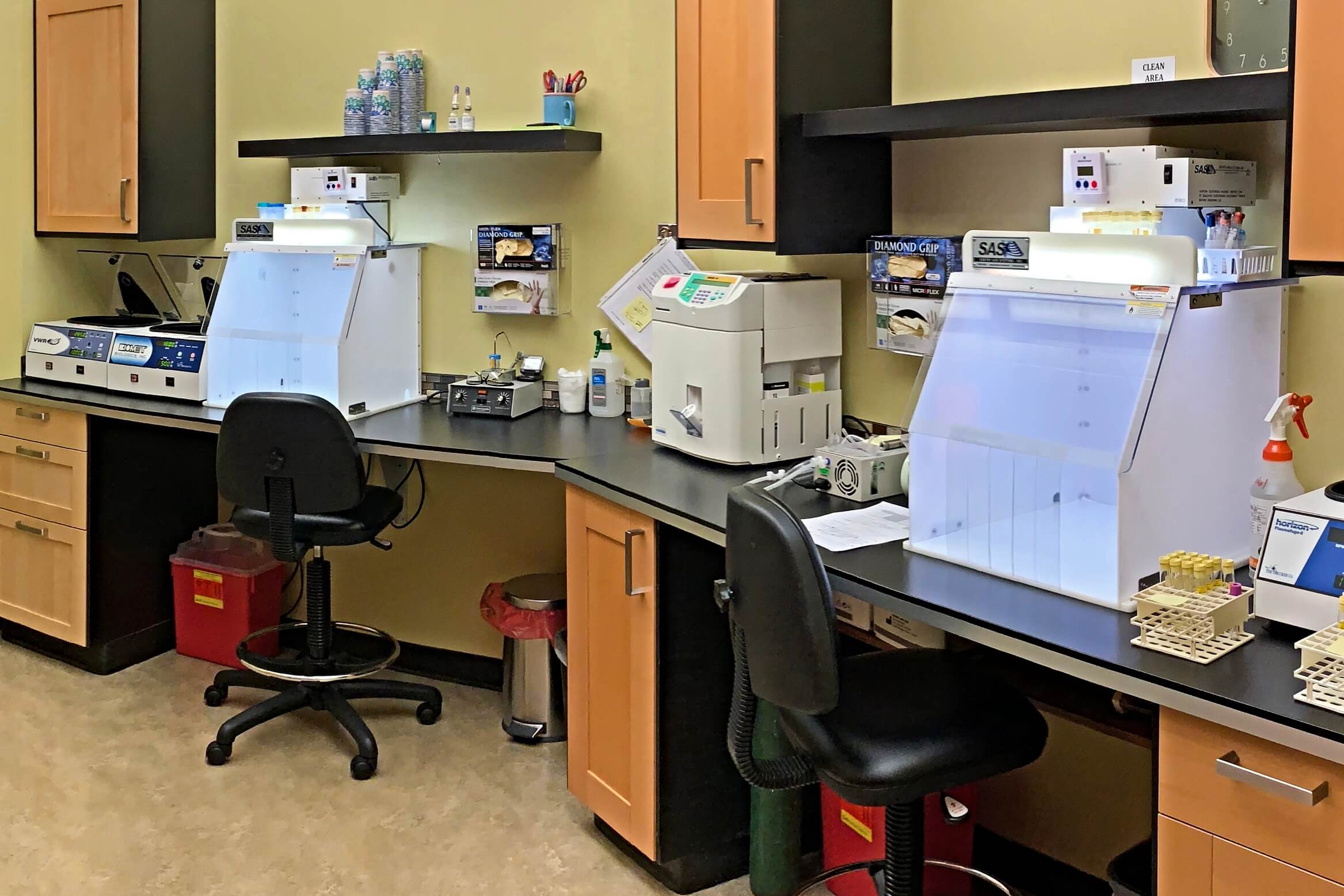We all have viable mesenchymal stem cells in our own bodies, regardless of age. When we want to harness our self-healing power to improve the pain from an arthritic joint, the most evidence-based way is to use your own cells. Cells from your own body give us the best chance at reducing pain and healing degenerative joints.
What are Mesenchymal Stem Cells?
Mesenchymal Stem Cells (MSCs) are one of many components contained within certain regenerative medicines like adipose biocellular therapy. The primary distinction between various sources of MSCs is “autologous” (from the patient’s own body) are live, viable cells, and “allogeneic” (from a donor, generally amniotic and/or umbilical tissue) do not have any living mesenchymal stem cells in them, only broken parts and protein remnants. We now are beginning to have enough long term evidence to see that viable, living MSCs from autologous adipose tissue provide the largest and longest positive results.
Your Cells vs. Fetal “Cells”
Mesenchymal stem cells are known to help reduce inflammation and stimulate repair in damaged tissues. This has led to research of these therapies for orthopedic conditions like osteoarthritis, where the cartilage layer in joints slowly deteriorates. A recent study1 reviewed the results of nearly 1,000 subjects who received either autologous adipose MSCs or allogeneic tissues for knee osteoarthritis (KOA). The results were clear: both groups had similar improvements in pain at 6 months post-treatment but the adipose group had significantly better pain scores at 1 year and 2 years post-treatment. Furthermore, the allogeneic products caused significantly more adverse events.
Fat Is Where It’s At
This study clearly demonstrates the superiority of autologous mesenchymal stem cells in the treatment of KOA. Not only does it work better, it lasts much longer. The mechanism behind this is not completely known but we can speculate as to why this is the case:
- Autologous adipose MSCs are contained within a fat and collagen matrix that creates cushioning and scaffolding within the joint being treated, staying in the area for a prolonged period of time.2
- Allogeneic products likely do not have any living mesenchymal stem cells in them, only broken parts and protein remnants.3 Allogeneic products may be cleared out by the immune system because they are recognized as “other”, whereas autologous products are “self”. This may be the mechanism behind their higher adverse event rate as well.
There may be a day in the future when the technology is available to transplant super-high-dose MSCs into a joint that comes from a universal donor in a way that is superior to autologous sources. That day has not come yet, and it may never come. The advantages of using your own cells and your own tissue are biological, immunological, and practical––and it’s available now. Your body has mesenchymal stem cells and your body can heal itself––let’s get to work.
References
- Jeyaraman M, Muthu S, Nischith DS, Jeyaraman N, Nallakumarasamy A, Khanna M. Prisma-compliant meta-analysis of randomized controlled trials on osteoarthritis of knee managed with allogeneic vs autologous mscs: efficacy and safety analysis. Indian J Orthop. 2022;56(12):2042-2059.
- Toupet K, Maumus M, Peyrafitte JA, et al. Long-term detection of human adipose-derived mesenchymal stem cells after intraarticular injection in scid mice: biodistribution and long-term detection of human ad-mscs in scid mice. Arthritis & Rheumatism. 2013;65(7):1786-1794. https://app.box.com/s/vcx7uw17gupg9ki06i57lno1tbjmzwaf
- Becktell L, Matuska A, Hon S, Delco, M L, Cole B J, Fortier L A, Proteomic analysis and cell viability of nine amnion-derived biologics; 082818LB_ORSAbstractAmnion final.pdf: Powered by box (no date) Box. https://blog.box.com/. Available at: https://app.box.com/s/vcx7uw17gupg9ki06i57lno1tbjmzwaf (Accessed: January 10, 2023).



